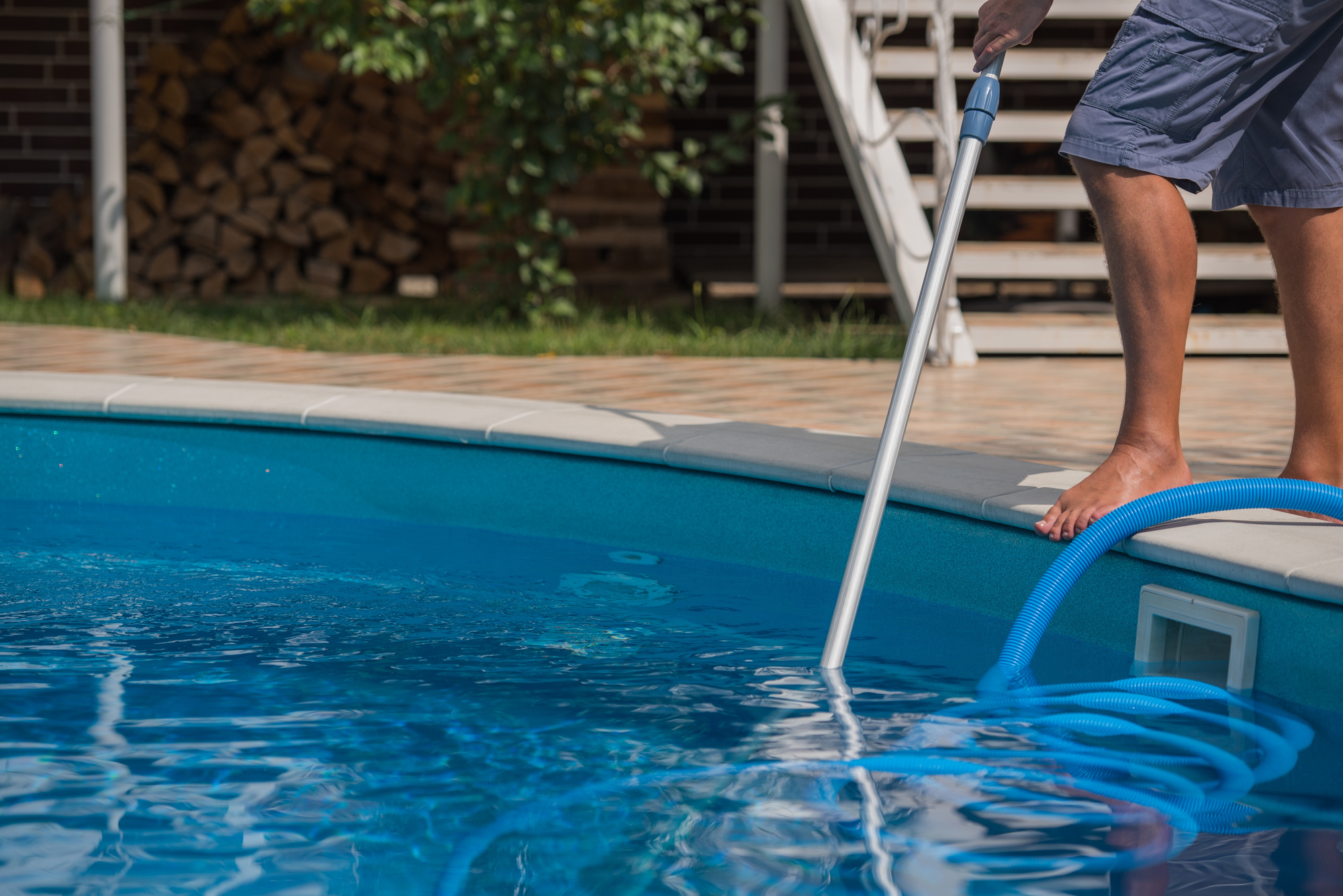Did you know that there are over 10 million residential pools in the United States? And while they provide hours of recreation for the family, they also require yearlong maintenance.
Whether you have a pool or you’re thinking of installing one, constantly taking care of a pool can seem like a daunting task.
But it doesn’t have to be. Read on for our guide on seasonal pool care!
Taking Care of a Pool During Winter
Winter maintenance will vary depending on your climate.
If you live in a place that has a risk of freezing temperatures, then you’ll need to close the pool for the winter months.
If you’re not sure whether or not you’ll experience a freeze, it’s better to be safe than sorry. Frozen water will damage pool equipment which can result in expensive repairs.
About 10 days before you plan to close your pool, begin testing and adjusting the pool water to balance pH levels, chlorine, water hardness, etc.
Next, remove any pool attachments like ladders and diving boards. You’ll want to use a soft brush that’s approved for your pool’s finish surface to gently scrub all the interior walls and the floor.
While you likely won’t need to drain your pool completely (unless you live in a severe winter climate) then you’ll just need to drain the water to a few inches past the skimmer. This prevents water from getting into the filter pump or other equipment.
Drain the water processing equipment thoroughly. Make sure there isn’t any debris on the pool surface or underwater.
And finally, put your winter pool cover in place.
Pool Maintenance During Spring
When the temperatures rise and it’s time to take off that winter pool cover, make sure to clean the dust and debris that have probably collected there over the winter months.
You can use a broom, leaf blower, or other gentle tools. After removing the cover, use a hose or spray washer to clean it, allow it to dry completely (if it isn’t completely dry it will mold), then store it in a dry place for the warm months.
Now before you jump in, you need to adjust your water pH levels and treat any potential bacteria growth. Using a chlorine booster treatment will kill any algae that might have grown over the winter.
Then scrub the walls, raise the water level, turn on the filtration equipment and jump in!
Keep in mind, the spring maintenance process can take about a week at the most.
Summer Pool Checklist
The summer maintenance is relatively easy. Make sure that whenever the pool is being used, that the debris net is also being used. The less debris the fewer bacteria.
Every week clean out your strainer baskets and use your pool vacuum as regularly as is recommended. Test the pop-up nozles monthly. Regularly brush the sides and floor of your pool.
During heavy usage, it’s important to monitor pH levels. Check chlorine, alkalinity, and other particle levels weekly.
Run your pump according to recommended guidelines.
Fall Pool Care Guide
If you’ve got any kind of leafy plant in your yard, then your biggest fall maintenance will be skimming. You may even have to skim debris every day.
It’s important to make sure that falling leaves don’t clog your filtration equipment because that can result in extensive repairs.
If you live near the coast, then be sure to have everything you need to protect your pool during the hurricane season.
Now What?
Don’t let taking care of a pool scare you away from enjoying the fun they offer. It’s easy as long as you maintain a proper schedule.
Now that you know how to maintain a residential pool, you’re well on your way to getting the most out of it.
Contact us today for a free consultation on a custom pool installation in your backyard!




